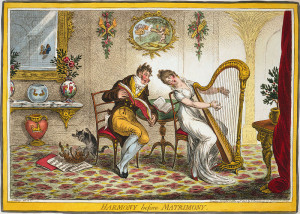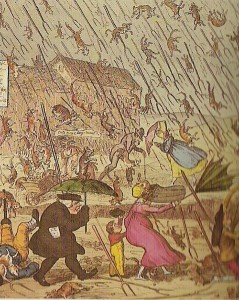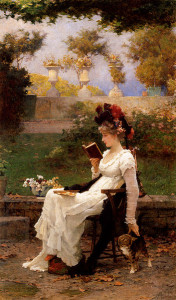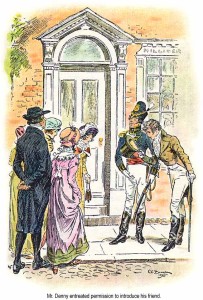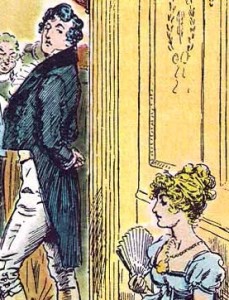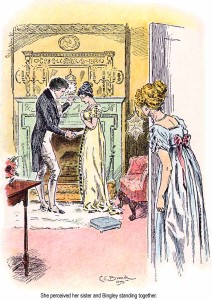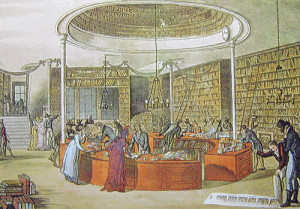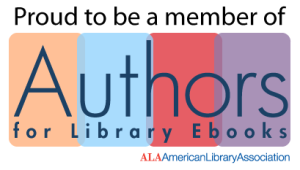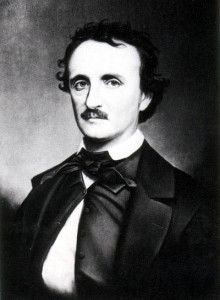 On this date in 1849, Edgar Allan Poe died in Baltimore. The exact cause of his death are still unknown and theories have included alcoholism, porphryria (What George III had), heart problems, murder, rabies, and carbon monoxide. On October 3, 1849, after being missing for five days, a delirious Poe was found on the streets of Baltimore and taken to Washington Medical College. He was wearing clothes that were not his but never gained consciousness to explain why, nor why he was in Baltimore. He’d left Virginia the week before, bound for New York.
On this date in 1849, Edgar Allan Poe died in Baltimore. The exact cause of his death are still unknown and theories have included alcoholism, porphryria (What George III had), heart problems, murder, rabies, and carbon monoxide. On October 3, 1849, after being missing for five days, a delirious Poe was found on the streets of Baltimore and taken to Washington Medical College. He was wearing clothes that were not his but never gained consciousness to explain why, nor why he was in Baltimore. He’d left Virginia the week before, bound for New York.
After Poe died, Rufus Wilmot Griswold, who’d long borne a grudge against Poe, set upon destroying Poe’s reputation. Griswold wrote an obituary (under an assumed name), an article and ultimately a biography of Poe that depicted Poe as a depraved drunkard and drug addict. The biography was disputed by those who knew Poe. Poe was not, for example, a drug addict. Griswold’s hope to destroy Poe’s literary reputation backfired, though. His biography became popular and sparked a great interest and respect for Poe’s works that had been absent during his lifetime. Poe has become one of America’s literary greats, while Griswold is only remembered as his biographer.
This is interesting, you say, but what does it have to do with the Regency?
In 1815, when Poe was about six years old, he moved with his foster parents, the Allans (he was orphaned at 3 and taken in by the Allans) to Britain, attending school briefly in Irvine, Scotland, before rejoining the Allans in London in 1816. He attended boarding schools in Chelsea and Stoke Newington before he and the family moved back to Richmond, Virginia, in 1820.
During the time the characters in our books were engaging in their fascinating romances, little Edgar Allan Poe was sitting on a wooden bench nearby studying his lessons. One has to wonder what effect those years in and around Regency London had on him.
Do you have a favorite Poe story or poem?

By the way, I have the cover for A Marriage of Notoriety, book 2 in The Masquerade Club series, due on bookstore shelves Dec 17. There’s a great deal on the book at Amazon right now. You can pre-order the paperback at $3.90, almost half price

